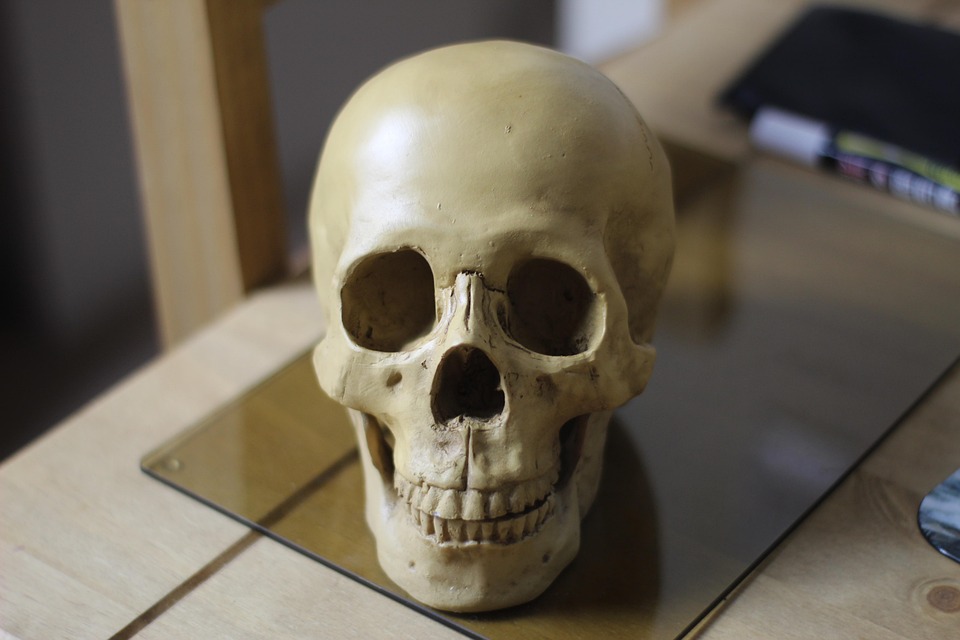The Anatomy of Catabolism: How Our Cells Convert Nutrients into Energy
Understanding how our bodies derive energy from the foods we consume is critical for grasping both nutrition and metabolism. Catabolism plays a crucial role in this energy conversion process. In this article, we will delve deep into the catabolic pathways of cells, exploring how macronutrients such as carbohydrates, proteins, and fats are broken down into usable energy. This exploration will illustrate not only the science behind catabolism but also touch upon the interconnectedness of various biochemical pathways and their physiological implications.
What is Catabolism?
Catabolism is the metabolic process through which complex molecules are broken down into simpler ones, releasing energy in the process. This is a fundamental aspect of metabolism, the overarching process that encompasses all biochemical reactions occurring within living organisms.
Catabolic pathways are primarily responsible for the conversion of macronutrients into adenosine triphosphate (ATP), the energy currency of cells. Through a series of enzymatic reactions, nutrients are oxidized, leading to the release of energy stored in chemical bonds. This section outlines the major catabolic pathways in detail, highlighting their significance.
Key Catabolic Pathways
-
Glycolysis
One of the first steps in catabolism occurs through glycolysis, a process that breaks down glucose to extract energy. This ten-step pathway occurs in the cytoplasm and is anaerobic, meaning it doesn’t require oxygen.
-
Process: Glycolysis converts one molecule of glucose into two molecules of pyruvate, producing a net gain of two ATP molecules and two NADH molecules for every glucose molecule metabolized.
- Importance: Glycolysis serves as a precursor for both aerobic respiration (involving the mitochondria) and fermentation (when oxygen is scarce).
-
-
Krebs Cycle (Citric Acid Cycle)
Also referred to as the citric acid cycle, the Krebs cycle operates in the mitochondrial matrix and is an aerobic process. It plays a critical role in extracting more energy from the products of glycolysis.
-
Process: In this cycle, acetyl-CoA, derived from pyruvate, is oxidized, resulting in the production of carbon dioxide, ATP, NADH, andFADH₂. Each turn of the cycle generates energy-rich electron carriers that feed into the electron transport chain.
- Importance: The Krebs cycle is vital for the complete oxidation of glucose and is interlinked with amino acid and fatty acid metabolism.
-
-
Electron Transport Chain (ETC)
Following glycolysis and the Krebs cycle, the ETC is the final stage of aerobic respiration, occurring in the inner mitochondrial membrane.
-
Process: Electrons from NADH and FADH₂ are transferred through a series of protein complexes, ultimately reducing molecular oxygen to form water. The energy released during this transfer is utilized to pump protons out of the mitochondrial matrix, creating a proton gradient.
- Importance: This proton gradient drives ATP synthesis through chemiosmosis via ATP synthase, yielding about 30-34 ATP molecules per glucose molecule.
-
-
Beta-Oxidation
When it comes to fat catabolism, beta-oxidation is the primary pathway, breaking down fatty acids to generate acetyl-CoA, NADH, and FADH₂.
-
Process: This occurs in the mitochondria and involves a series of reactions that cleave two-carbon units from fatty acids, ultimately providing the acetyl-CoA necessary for the Krebs cycle.
- Importance: Fatty acids yield more ATP than carbohydrates due to their higher energy density, making them a crucial energy source, especially during periods of extended fasting or intense exercise.
-
-
Protein Catabolism
While proteins are not the primary energy source, they can be catabolized when needed, especially during prolonged fasting. The process involves the breakdown of proteins into amino acids, which may relinquish their amino groups through deamination to enter central metabolic pathways.
-
Process: The converted amino acids can either feed into glycolysis or the Krebs cycle, depending on their structure.
- Importance: Although protein catabolism is not the body’s preferred energy source, it serves as an important backup, sustaining energy levels when carbohydrate and fat stores are inadequate.
-
The Role of Coenzymes in Catabolism
Coenzymes are essential organic compounds that facilitate various enzymatic reactions in catabolism. Notably, NAD⁺ (Nicotinamide adenine dinucleotide) and FAD (Flavin adenine dinucleotide) play significant roles in electron transport and energy production.
- NAD⁺ and FAD serve as electron carriers, accepting electrons during the oxidation of nutrients. Their reduced forms, NADH and FADH₂, are crucial for the electron transport chain, where they drive ATP production.
Biochemical Impacts of Catabolism
The catabolic process is not just limited to energy production; it influences various physiological and biochemical processes. Understanding these impacts enhances our comprehension of nutrition and health.
Energy Regulation
-
ATP Production: Central to cellular processes, ATP produced during catabolism provides energy for biosynthesis, muscle contraction, and thermoregulation.
- Hormonal Regulation: Hormones such as insulin and glucagon play pivotal roles in regulating catabolic pathways. Insulin promotes glycolysis and fat synthesis, while glucagon stimulates gluconeogenesis and fat breakdown.
Metabolic Adaptation
The body can adapt its catabolic strategies based on dietary intake and energy expenditure.
-
Dietary Influence: Consumption of high-carbohydrate, low-fat diets typically enhances glycolytic efficiency, whereas high-fat diets may shift the body’s metabolism toward increased fatty acid oxidation.
- Physical Activity: Regular exercise can augment the efficiency of catabolism, enhancing mitochondrial biogenesis and ATP production.
Nutritional Implications
Understanding catabolism helps in appreciating how different foods impact energy levels and metabolism.
-
Carbohydrates: The primary energy source for high-intensity activities, carbs prompt rapid ATP generation through glycolysis.
-
Fats: They provide long-lasting energy for endurance activities, engaging beta-oxidation predominantly.
- Proteins: While primarily structural, they can serve as an energy source after significant caloric restriction or prolonged activity.
Clinical Considerations
Deficiencies or disorders in catabolic pathways can lead to various metabolic disorders. Conditions such as diabetes mellitus stem from impaired glucose catabolism, while fatty acid oxidation disorders can lead to hypoglycemia and muscle weakness.
The Interconnection of Catabolism and Anabolism
While catabolism breaks down molecules to release energy, it operates in contrast to anabolism, the process of building complex molecules. These two metabolic pathways are intricately linked, with substrates generated from catabolic pathways frequently feeding anabolism.
The Role of Metabolic Pathways
-
AMZ Values: The available energy from catabolism can drive anabolic pathways, facilitating the synthesis of macromolecules crucial for growth and repair.
- Feedback Mechanisms: Metabolic pathways often incorporate feedback mechanisms to maintain energy balance. For instance, high ATP levels can downregulate glycolysis, highlighting the balance between energy production and consumption.
Conclusion
The anatomy of catabolism showcases an intricate and highly regulated process through which our cells convert nutrients into energy. Through pathways such as glycolysis, the Krebs cycle, and beta-oxidation, our cells efficiently harness the energy necessary for everyday functions and overall homeostasis. Understanding these mechanisms not only deepens our appreciation of human biology but also informs nutritional choices and lifestyle decisions.
As research continues to elucidate the complexities of metabolism, we can anticipate advancements in fields ranging from nutrition science to therapeutic interventions aimed at metabolic disorders, all rooted in our understanding of catabolic pathways.
References
- Berg, J.M., Tymoczko, J.L., & Stryer, L. (2012). Biochemistry (7th ed.). W.H. Freeman and Company.
- Nelson, D.L., & Cox, M.M. (2017). Lehninger Principles of Biochemistry (7th ed.). W.H. Freeman and Company.
- Wallace, D.C. (2010). Mitochondrial DNA in Aging and Disease. Science.
- Goldstein, J.L., & Brown, M.S. (2009). "The LDL Receptor." Atrial Biology.
- Winder, W.W., & Hardie, D.G. (1996). "AMP-activated protein kinase, a metabolic master switch: possible roles in Type 2 diabetes." Cardiovascular Research.
This article aims to provide a comprehensive overview of catabolism and its implications, fostering a greater understanding of nutrition, exercise, and overall health.


























Add Comment